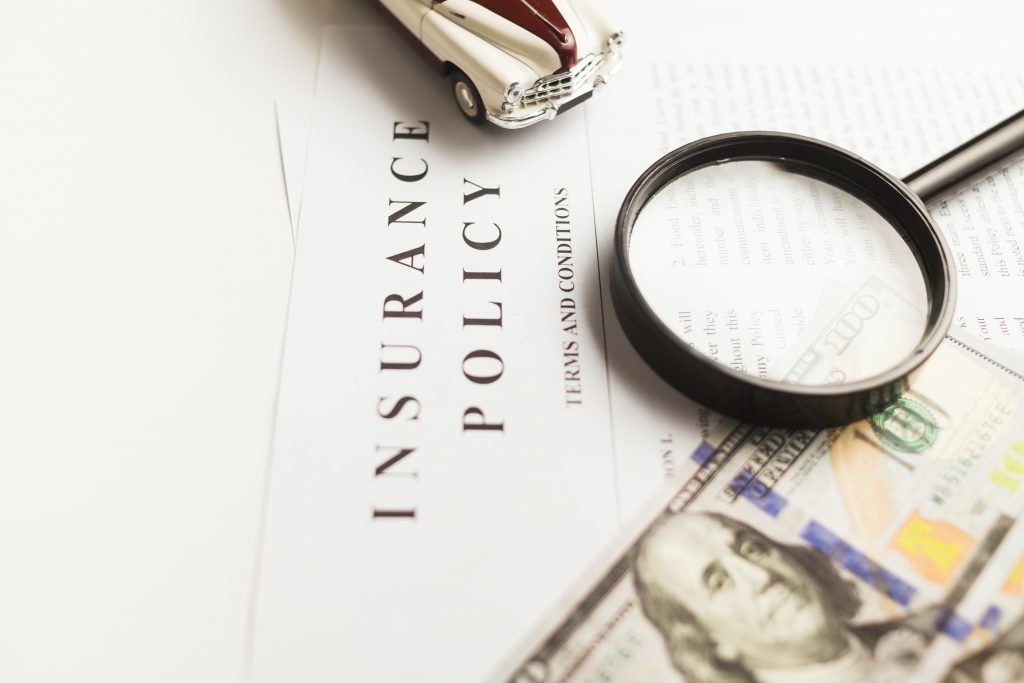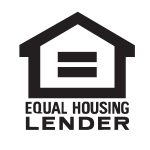Want to know about FHA loan requirements, interest rates, and requirements? Can you apply for this loan with low credit scores, and a low down payment? Insured by the Federal Housing Administration, one can easily qualify for an FHA loan with a down payment of 3.5%, a minimum credit score of 580, and paying a mortgage insurance premium (MIP) to secure the mortgage.
If you are considering an FHA mortgage loan to buy or refinance your home; read this blog post to take a closer look at FHA MIPs. Let’s find out how FHA impacts your mortgage and how much & for how long you need to pay the MIPs.
How much does FHA Mortgage Insurance Premium Cost?
With an FHA loan, you have to pay two payments of MIP (Mortgage Insurance Premium):
Upfront payment which is paid at the loan closing or can be added to the pending loan amount. It is calculated as 1.75% of the original loan value.
Additional annual payment, which is determined as the percentage of the base loan amount.
For example, the upfront premium for a mortgage of $150,000 will be $3,500. The amount of premium you’ll pay depends on:
- Loan Term
- The borrower’s total loan amount
- LTV ratio ( Loan-to-value)
- Size of your down payment
Usually, the annual MIP is added to your monthly mortgage payment by the lenders. After the lender approves your FHA loan, you’ll get details about the loan estimate, and monthly mortgage premium. So, you can decide whether or not FHP loan MIP fits into your budget.
How to calculate monthly mortgage payments?
To obtain the amount of monthly premium, simply divide your monthly insurance premium by 12.
What if your Loan term is Less Than Or Equal To 15 Years:
To better understand these types of loans, let’s take an example:
- If you borrowed an amount equal to or less than $625,500 to buy a home with a minimum down payment of 5%, you’ll have to pay 0.80% per year.
- If you borrowed a loan of greater than $625,500, with a down payment equal to or more than 22%, then you’ll have to pay 0.45% each year.
- If you borrowed greater than $625,500, and a down payment of more than or equal to 10% but not more than 22%, then you’ll have to pay 0.70% of the original loan amount annually.
- If you borrowed greater than $625,500, with a down payment of less than 10%, then you’ll have to pay 0.95% of the loan value per year.
For Loan Terms of More Than 15 Years:
Let’s take an example:
- If you took a loan amount less than or equal to $726,200 with a down payment of equal to more than 5% to buy a home, then you’ll have to pay 0.50% annually.
- If you took a loan equal to or less than $726,200 with a down payment of less than 5%, then you’ll have to pay 0.55% of your loan value each year.
- If you took a loan greater than $726,200 with a down payment of more than 5%, then you’ll have to pay 0.70% per year.
- If you took a loan greater than $726,200 with a down payment of less than 5%, then you’ll pay 0.75% every year.
How Long Do You Need to Pay For FHA Loan Insurance?

FHA MIP and PMI (private mortgage insurance) were almost similar before June 23, 2013. Lenders automatically used to cancel MIP for borrowers with equity equal to or more than 22% need not pay PMI. But the scenario has completely changed these days.
There are a few factors that decide how long you need to pay for FHA loan insurance. Let’s see!
- If your FHA loan originated after June 3, 2013, then you will have to pay FHA mortgage insurance premiums (MIP) for the entire term of the loan. This means that you will have to pay MIP for a minimum of 11 years if you made a down payment of less than 10%, or for the entire term of the loan if you made a down payment of 10% or more.
- If your FHA loan originated before June 3, 2013, then you will have to pay MIP for a minimum of five years, and for the entire term of the loan if you made a down payment of less than 10%. If you made a down payment of 10% or more, you will have to pay MIP for a minimum of 11 years, and for the entire term of the loan if the loan-to-value ratio is greater than 90%.
Important Note: It’s important to note that you can request to have your FHA loan insurance removed once you’ve reached the required payment period and your loan-to-value ratio is below 78%.
Effective Ways to Avoid or Reduce FHA MIP:
FHA mortgage insurance (MIP) is required on all FHA loans, regardless of the down payment amount. However, there are a few ways to potentially avoid or reduce FHA MIP:
1. Make a larger down payment
If you can afford to make a larger down payment, you can reduce the amount of your FHA loan and potentially reduce your MIP payments. Here are some strategies that’ll help you to save more for a house:
- You can earn more by doing some part-time jobs. There are endless possibilities.
- Spend less on luxury items, entertainment, food items, etc.
- Choose to buy a less-priced home or property.
2. Refinance
If you have built up enough equity in your home and your credit score has improved, you may be able to refinance into a conventional loan, which does not require mortgage insurance if you have a 20% or more down payment.
As conventional loans come with strict conditions and requirements. So, make sure to meet the lender’s eligibility criteria in order to refinance. Let’s see how you can qualify for a conventional loan.
- As per the set FICO standards, a minimum credit score of 620 is required. You can improve your credit score by paying your bills and EMIs on time.
- Decrease your DTI ratio to 50% or less.
- A borrower should have an equity of 20% or more.
Get a piggyback loan
A piggyback loan, also known as a second mortgage, is a loan that you take out in addition to your primary mortgage. If you can put down at least 10% of the home’s purchase price, you may be able to get a piggyback loan to cover the rest of the down payment and avoid having to pay for FHA MIP.
Pay upfront
You may be able to pay for your MIP upfront at closing instead of having it added to your monthly payments. This could potentially save you money in the long run, but it will require a larger upfront payment.
Choose Other Non-Conforming or Government-backed Loans
Why not choose USDA loans if you already have a FICO median score of 640 or more? Also, such loan types neither need a down payment, nor MIP or PMI. All it takes is a guarantee fee that’s paid each month which is not as expensive as FHA monthly installment.
Another option is a VA loan that comes with no minimum credit requirement, no down payment, and no monthly insurance premium for former or later members or spouses of the armed forces. All you have to pay is the closing cost and the VA funding fee for one time. Applicants with service-related disabilities or surviving spouses of martyred veterans are exempted from the funding fees.
Note: Make sure to talk to your lender to explore all of your options and determine the best course of action for your specific situation.
Wrapping up!
In simple & short words, keep in mind that you have to pay an annual plus upfront MIP( mortgage insurance premium) with the FHA loan. The amount of the premium can vary depending on your down payment and loan value. One of the major benefits of an FHA loan is MIP can be easily paid in 12 installments at your convenience.
With a down payment of less than 10%, you will have to pay MIP for the entire loan term. To reduce the MIP cost; we suggest choosing this loan option only when you have a down payment of 10% or more. So you’ll have to pay MIP only for 11 years.
Another option to avoid MIP is by refinancing into conventional loans with 20% equity in your home or property. Talk to a home loan expert and apply today for a FHA loan.
Also Read:


